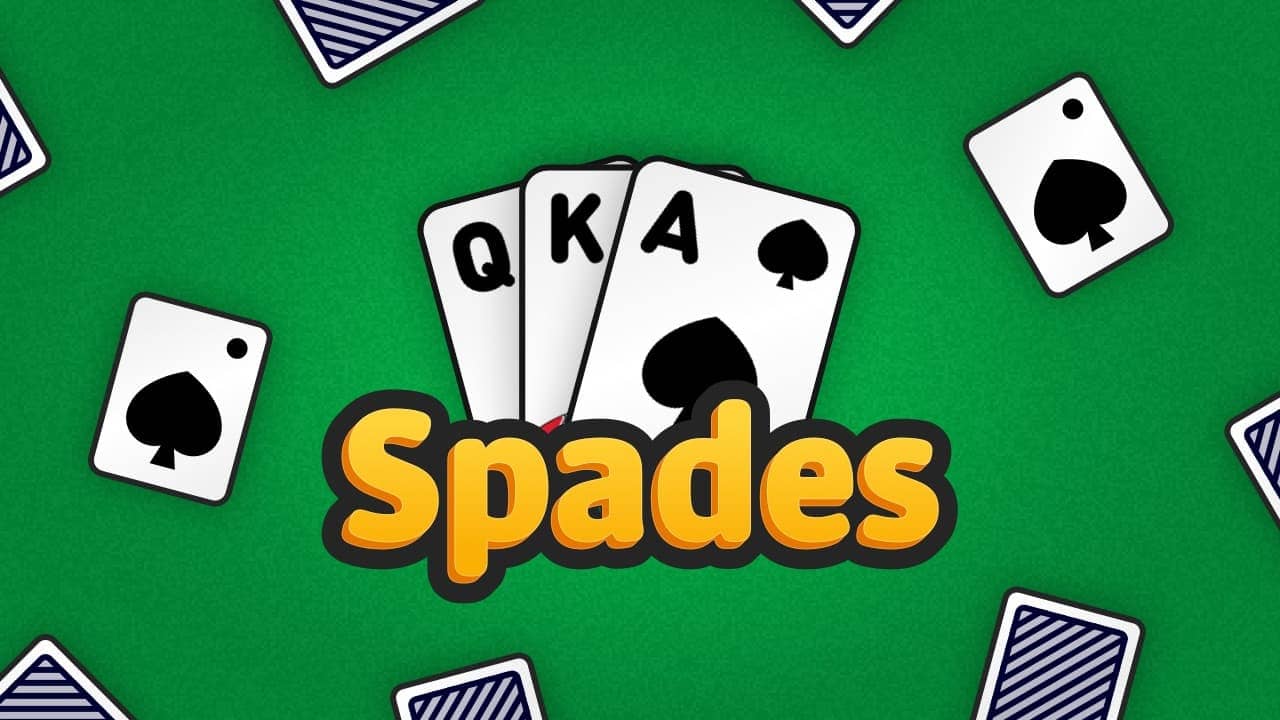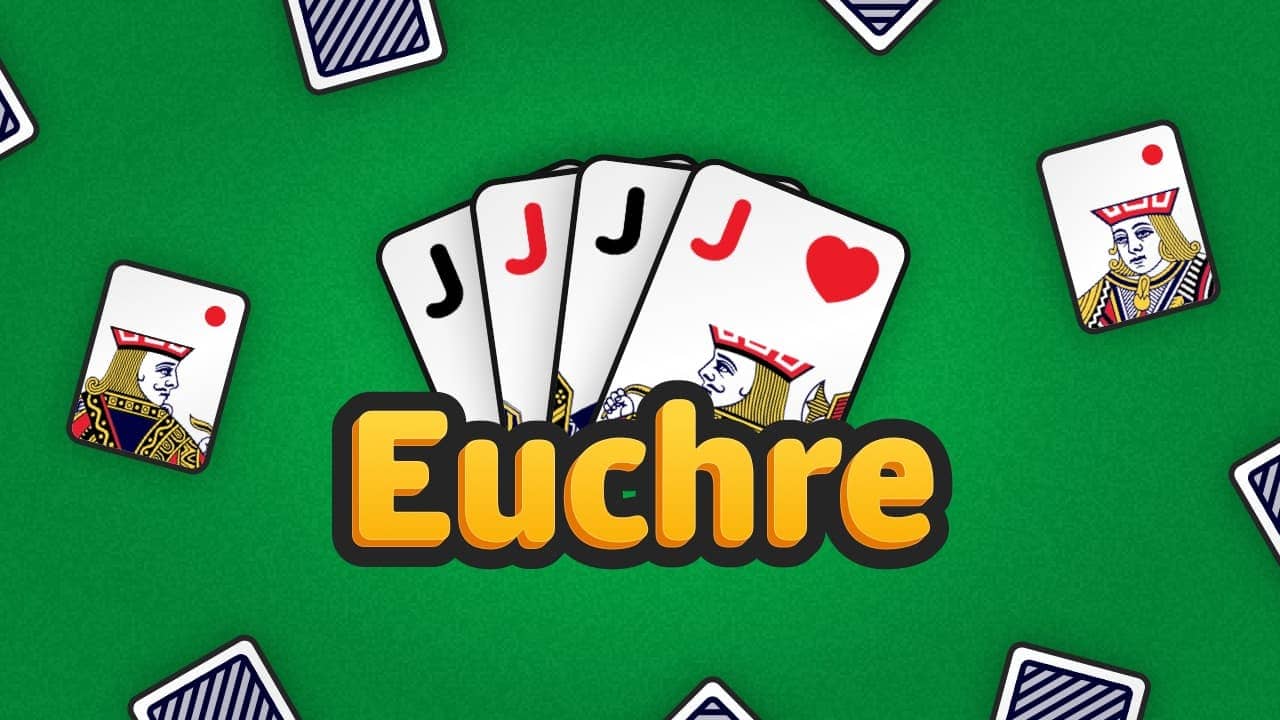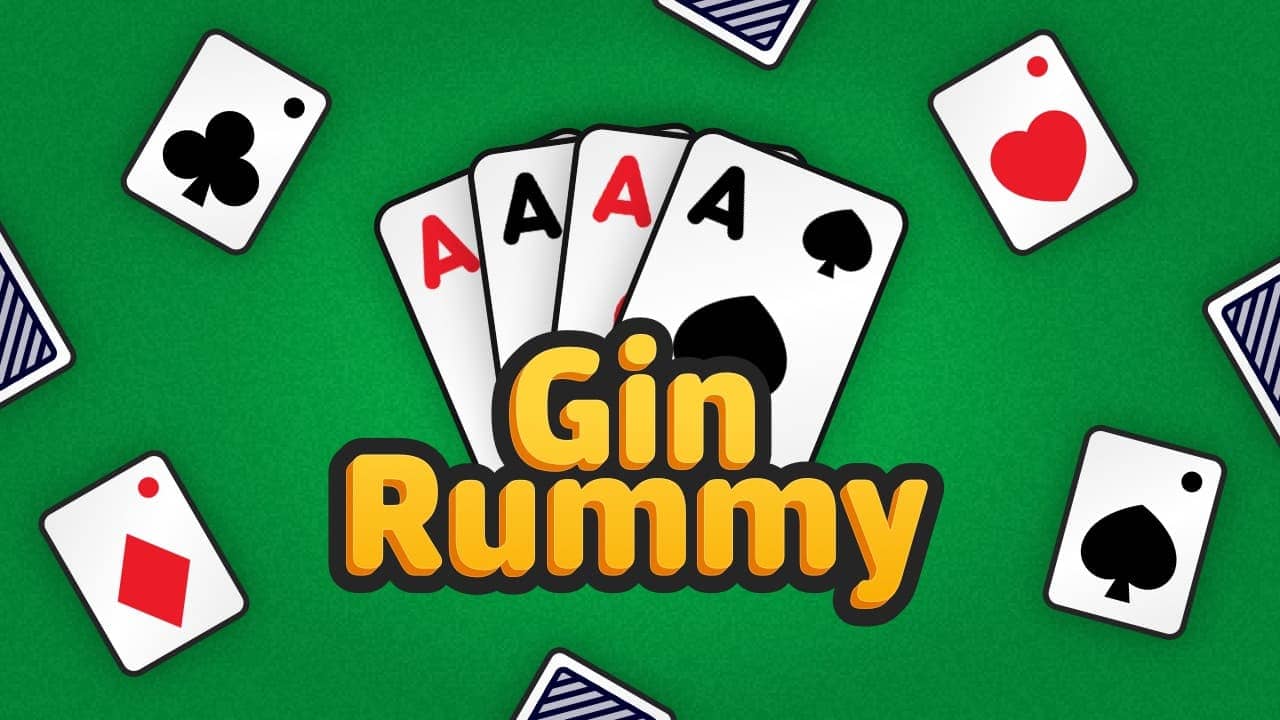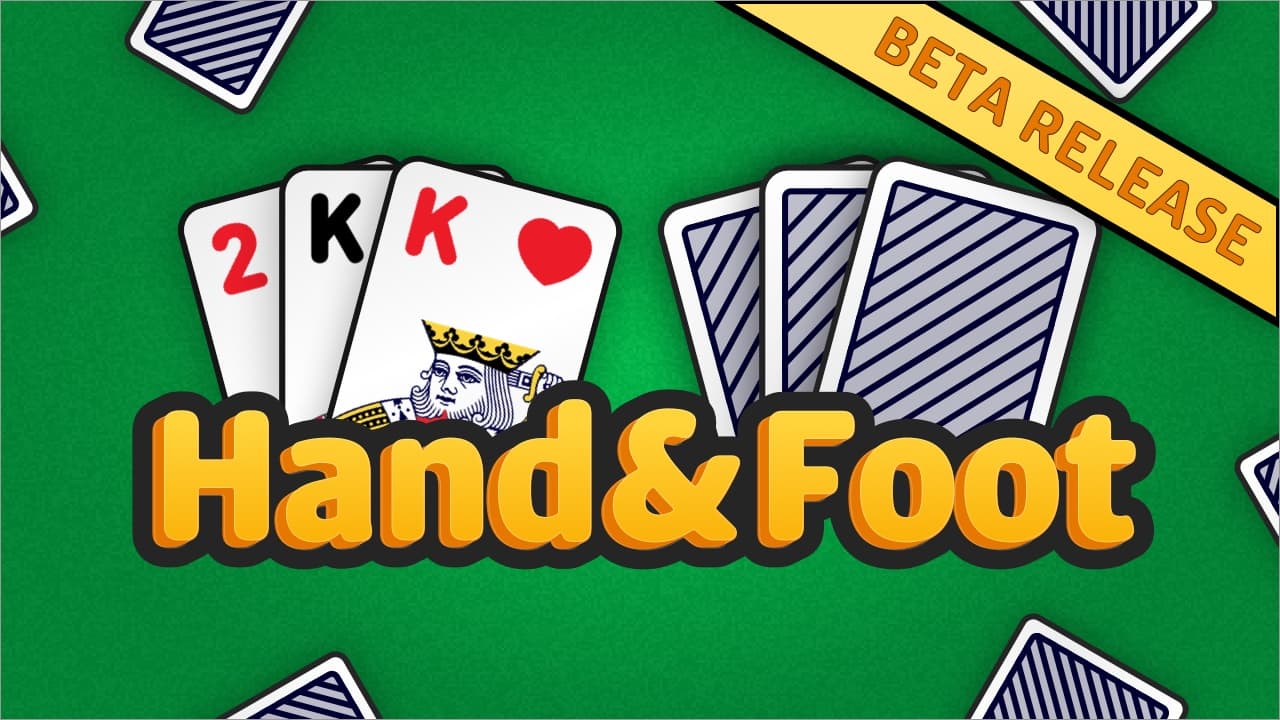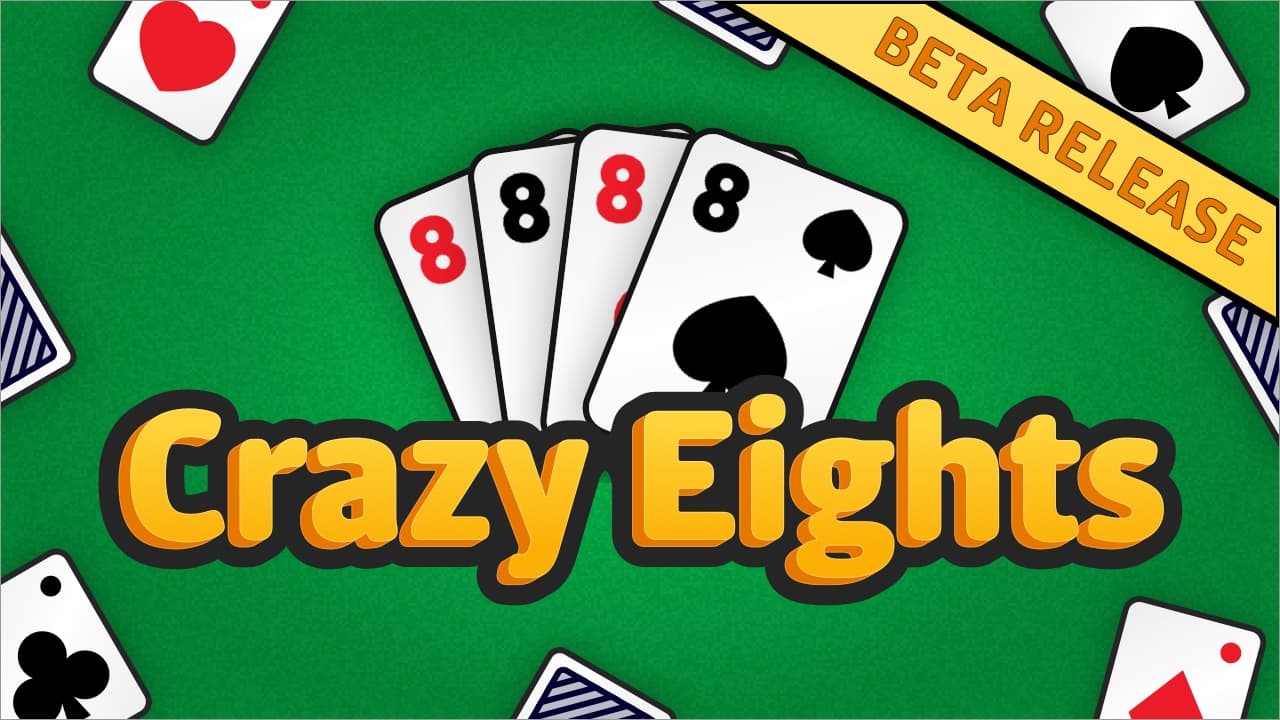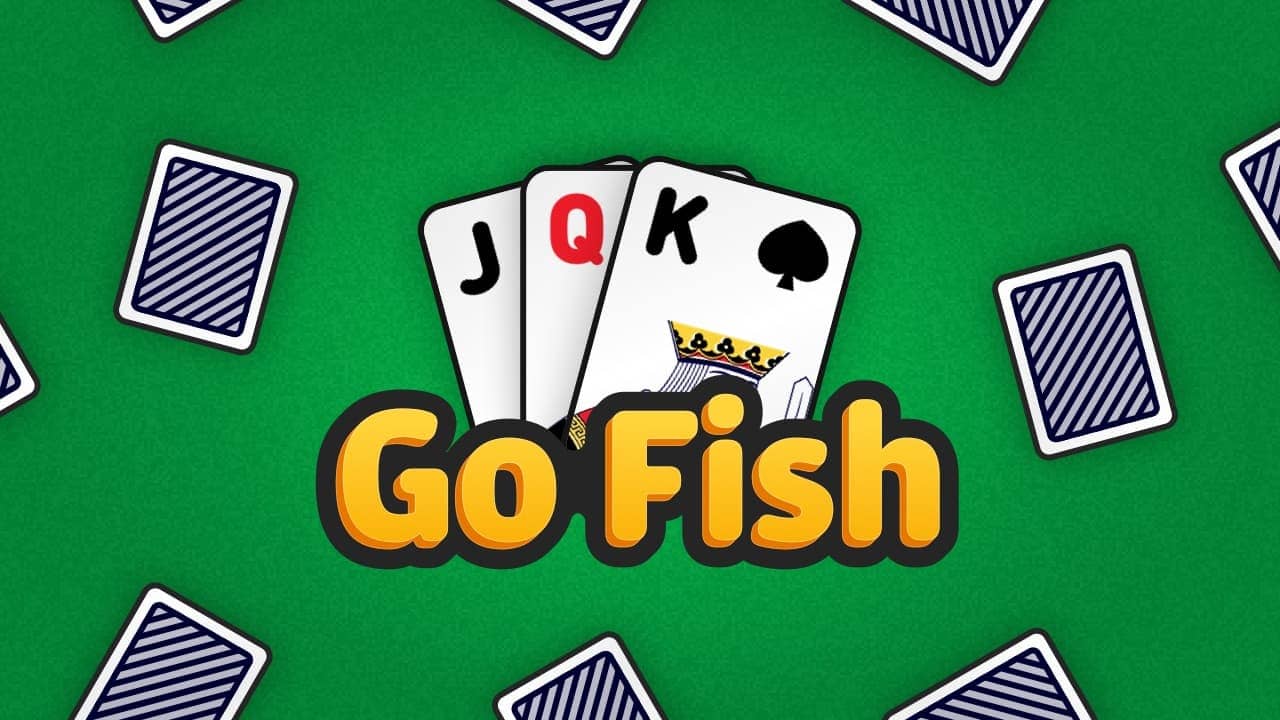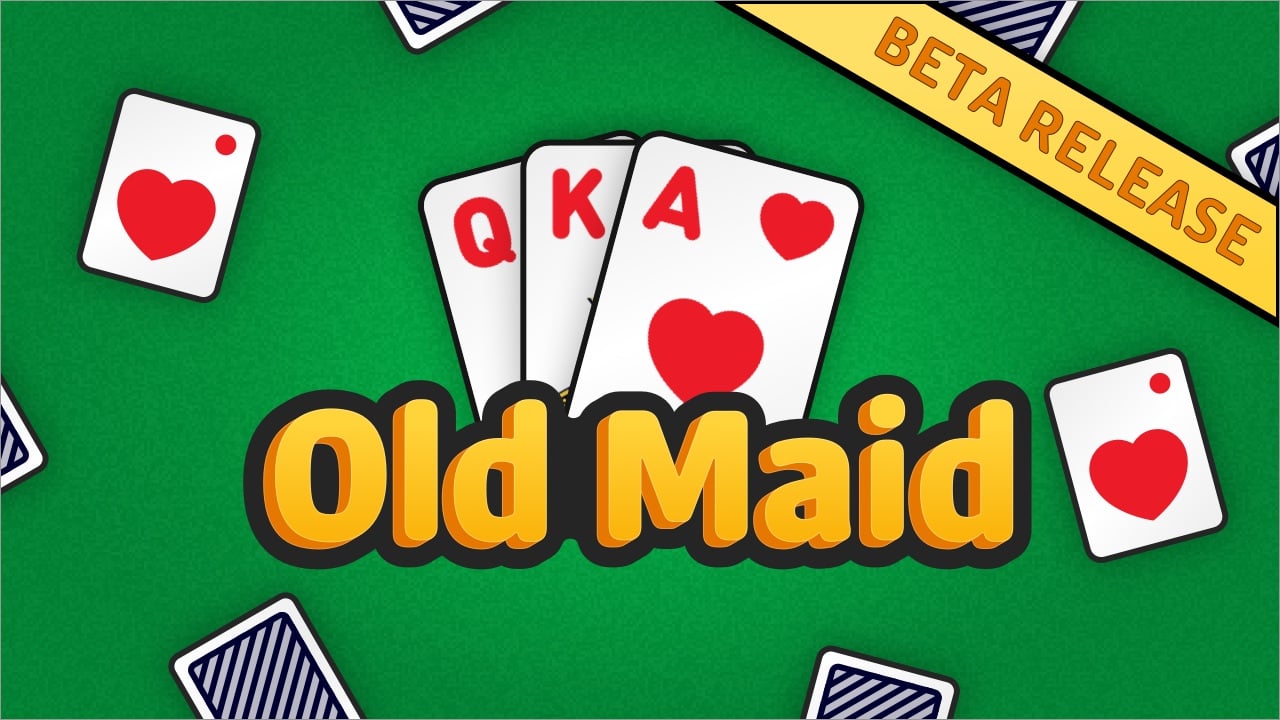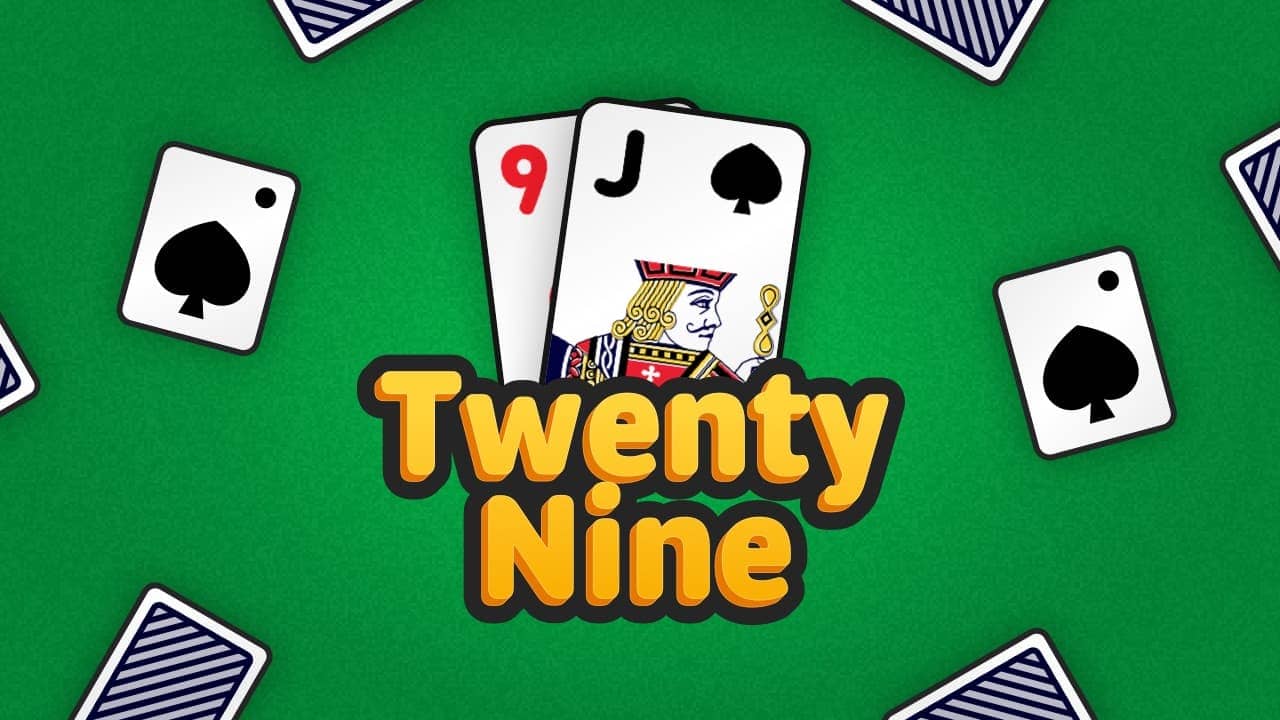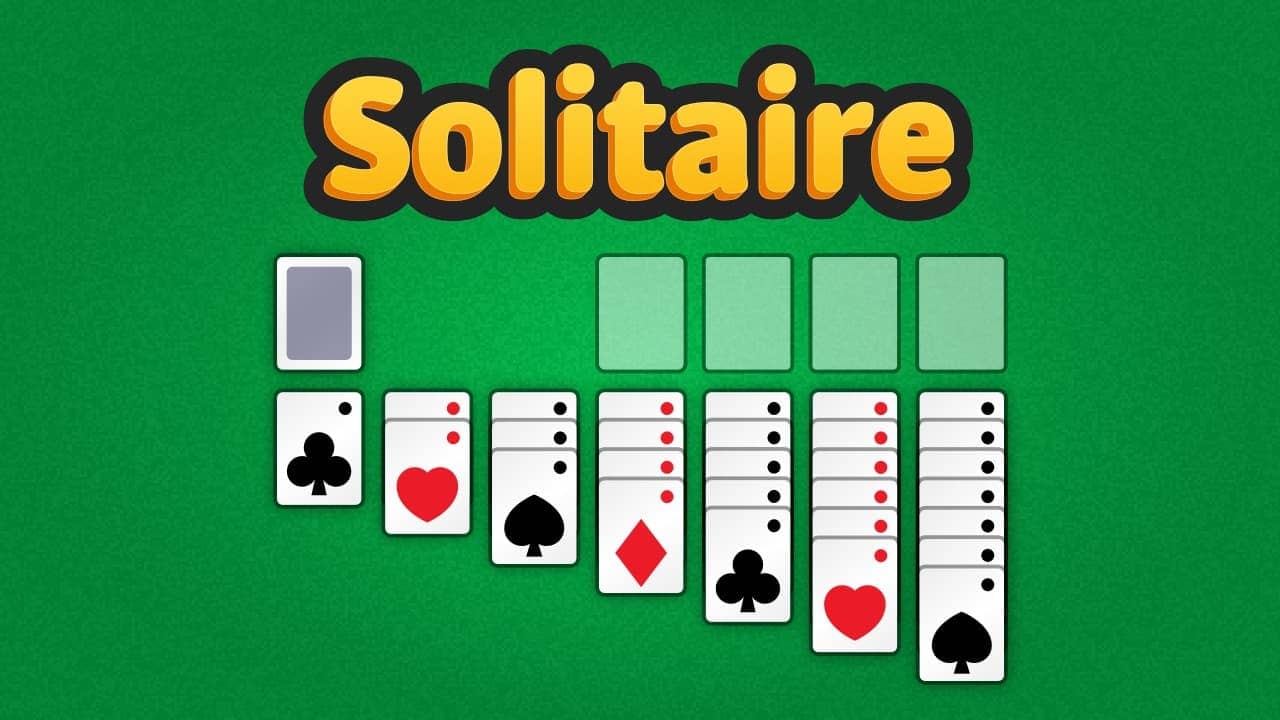How to Play Sheepshead: Card Game Rules & Interactive Tutorial
Sheepshead is a 4-player trick-taking game of German origin. Unlike most trick-taking games, Sheepshead features a permanent trump suit and secret partnerships that are revealed during play.
The rules may seem complex at first, but they're quite logical once you understand the trump structure and partnership mechanics. Below you'll find a complete guide on how to play Sheepshead. If you prefer learning by doing, you'll find an interactive tutorial above that'll guide you through the game.
After you've learned the rules, you can play Sheepshead online directly at World of Card Games. We recommend a game against bots first, and once you feel comfortable with that, you can switch to multiplayer against other people online or with your friends.
So prepare to dazzle your friends and confound your foes as you become a master of this classic card game!
The Deck
Sheepshead is played with a 32-card deck consisting of 7, 8, 9, 10, Jack, Queen, King, and Ace of each suit. The 2 through 6 of all suits are removed from a standard 52-card deck.
Trump Cards
There are 14 permanent trump cards in Sheepshead, ranked from highest to lowest:
- Queen of Clubs
- Queen of Spades
- Queen of Hearts
- Queen of Diamonds
- Jack of Clubs
- Jack of Spades
- Jack of Hearts
- Jack of Diamonds
- Ace of Diamonds
- 10 of Diamonds
- King of Diamonds
- 9 of Diamonds
- 8 of Diamonds
- 7 of Diamonds
Fail Suit Cards
The remaining 18 cards (Clubs, Spades, and Hearts, excluding Queens and Jacks) are called "fail" suits, ranked from highest to lowest:
- Ace (highest)
- 10
- King
- 9
- 8
- 7 (lowest)
Card Point Values
Cards have point values used for scoring:
- Ace = 11 points
- 10 = 10 points
- King = 4 points
- Queen = 3 points
- Jack = 2 points
- 9, 8, 7 = 0 points
The total points in the deck is 120 points.
Objective
The objective is to capture tricks containing 61 points or more (the majority of the 120 points in the deck).
Deal
A random player is chosen to be the dealer.
Each player is dealt 7 cards. The remaining 4 cards are placed face down in the center as the "blind".
The player to the dealer's left goes first.
Picking the Blind
Starting with the player to the dealer's left and proceeding clockwise, each player has the opportunity to "pick" the blind.
The player who picks becomes the "picker" and takes the 4 blind cards into their hand. The picker then must "bury" 4 cards face down. These buried cards remain secret and count toward the picker's point total at the end of the hand.
If all players pass, the hand is redealt with a new dealer.
Calling a Partner or Going Alone
After picking the blind, the picker must either call a partner or choose to go alone.
Calling a Partner: The picker names an Ace of a fail suit (Clubs, Spades, or Hearts). The player holding the called Ace becomes the picker's partner, but their identity remains secret until the called Ace is played. The picker must have at least one card of the called suit and must play it when that suit is first led. The partner must play the called Ace when that suit is first led. If the picker holds all three fail suit Aces, they may call a 10 instead.
Going Alone: If the picker has a strong hand, they may choose to "go alone" and play without a partner. When going alone, the picker plays 1 against 3 defenders. The same scoring rules apply, but since there is no partner, only the picker gains or loses points on the maker side.
Play
The player to the dealer's left leads the first trick by playing any card from their hand.
Players must follow suit if possible. Remember that all Queens, all Jacks, and all Diamonds are trump. If a player cannot follow suit, they may play any card.
The highest card of the suit led wins the trick, unless a trump card is played, in which case the highest trump wins.
The trick winner leads the next trick. This continues until all 7 tricks are played.
Scoring
After all tricks are played, card points from captured tricks are counted. The picker's buried cards count toward their total.
The picker's team needs 61+ card points to win. Scoring is zero-sum: losers pay points to winners.
If the picker's team wins (61+ points):
- Defenders scored 30-59 points: Each defender loses 1 point to each maker.
- Defenders scored 0-29 points but won at least one trick (schneider): Each defender loses 2 points to each maker.
- Defenders won no tricks (schwarz): Each defender loses 3 points to each maker.
If the picker's team loses (60 points or fewer):
Because the picker's team was expected to win, losing is an upset and the stakes are doubled:
- Picker's team scored 31-60 points: Each maker loses 2 points to each defender.
- Picker's team scored 0-30 points but won at least one trick (schneider): Each maker loses 4 points to each defender.
- Picker's team won no tricks (schwarz): Each maker loses 6 points to each defender.
In a standard 4-player hand with a partner (2 makers vs 2 defenders), each player's score changes by ±2, ±4, or ±6 when the picker wins, and ±4, ±8, or ±12 when the picker loses.
Game End
The game ends after 4 hands (one full rotation of the dealer, so each player deals once). The player with the highest cumulative score at the end wins.
History
Sheepshead is the American form of the German game Schafkopf (literally "sheep's head"). The game has been played for centuries in Germany and was brought to America by German immigrants, particularly to Wisconsin where it remains very popular. While variations exist for 3, 5, 6, and 7 players, the 4-player version offers an excellent balance of strategy and partnership play.



